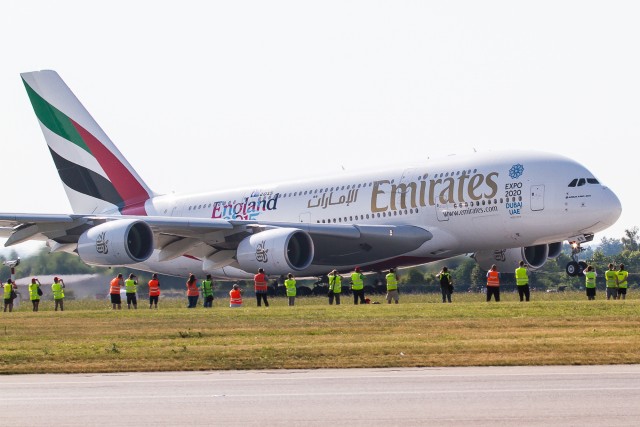
AvGeeks in Action – Photo: Jacob Pfleger | AirlineReporter
The 1st of July, 2015, marked the fifth anniversary of Emirates services to Prague. To celebrate this achievement, Emirates substituted an Airbus A380 on the Dubai to Prague route, which is normally served by a Boeing 777-300ER. I was fortunate enough to receive an invitation to the event. The occasion was celebrated in true Emirates fashion, with a large PR event and cocktail reception, as well as an aircraft tour and an opportunity to photograph the arrival from the tarmac; an opportunity any AvGeek among us will gladly partake in.
This was the fourth visit so far of an Airbus A380 at Prague. The first was a Lufthansa A380, followed by Emirates (for a medical diversion) and Korean Air (check out that story here). Unlike the previous events, there was much marketing and social media hype about the Emirates A380 – I guess this can be attributed to the strength of the Emirates brand image within the Czech Republic. On the day of the event, for those not fortunate enough to have access to the media/VIP event, Emirates handed out free hats and various other promotional items to all who came to view this spectacular aircraft, no matter what side of the fence they were on. Well done, EK!
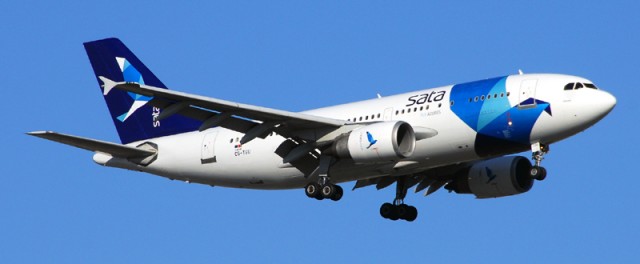
SATA Airbus A310 – Photo: Lord of the Wings | FlickrCC
As part of a recent business trip, I had to make a trip to the Azores. There are a limited number of options for getting out to the island chain in the central Atlantic. As I was coming from Lisbon, I had the option of either taking the low-cost route of Ryanair/easyJet, or full-service options of TAP or SATA (Sociedade Açoriana de Transportes Areos).
What sealed the deal to take SATA over TAP was the fact that my desired flight was to be operated by an Airbus A310 aircraft, (affectionally known as “the football”), a classic airliner that is disappearing from active commercial service. I had never flown on an A310, nor on SATA, so I was looking forward to this trip.
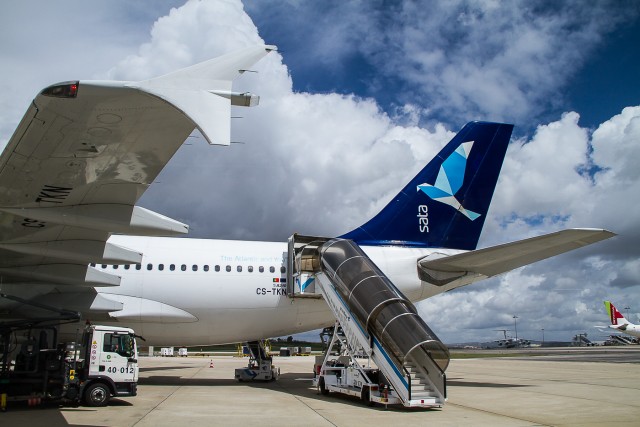
Sometimes it’s fun to board by bus on an A310 (reg: CS-TKN) – Photo: Jacob Pfleger | AirlineReporter
Departure in Lisbon was from Terminal 1. Online check-in is possible with SATA, however as I had a bag to drop off and I wanted a “souvenir” paper boarding pass (something harder to come by these days), I used the classic counter check-in. As my flight was was continuing on to Boston, from Ponta Delgada, the departure was from the non-schengen area of the terminal. This necessitated passing through passport control, and was hassle-free as my boarding pass clearly stated I was disembarking in the Azores and I only needed my ID card.
When ready to board, we boarded a bus and headed out on the ramp. No complaints from me, since I enjoyed the experience of the A310 up-close-and-personal.
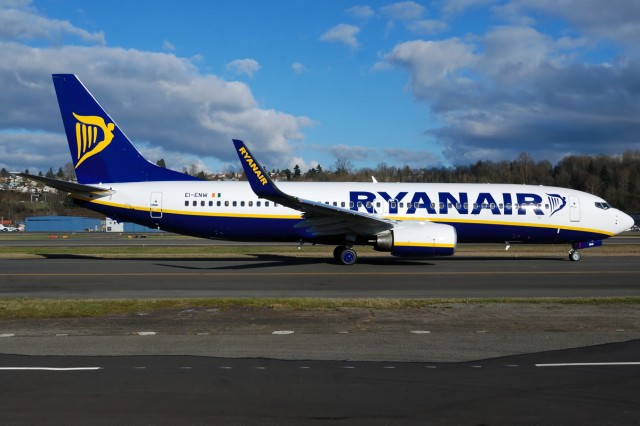
A Ryanair 737 taxis for a test flight at Boeing Field – Photo: Andrew W. Sieber | FlickerCC
Ryanair might soon start trans-Atlantic flights, but what does it mean?
At face value, this may seem like an earthshaking headline; after all, Ryanair has been either threatening or strongly implying that they will fly from various European airports to the United States.
But again, the truth is always in the details. Yes, Ryanair will be arriving on U.S. soil, but not tomorrow — not even next year. You see, the exact wording of the approval came in the form as part of their five-year plan.
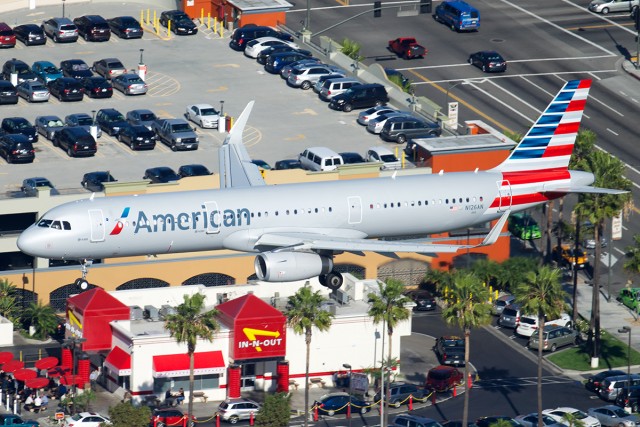
American A321 on final at LAX. AA could be a potential customer for the new variant – Photo: Bernie Leighton | AirlineReporter
Airbus has done what analysts have been expecting for the past few months; announce a version of the A321 with the ability to fly a greatly extended range and finally match (and exceed) the capabilities of a Boeing 757-200 with winglets.
The 97-ton maximum weight will be achieved by the addition of a fuel tank in the forward baggage compartment and some fairly low-cost reengineering of the wing. Air Lease Corporation is the launch customer, with a memorandum of understanding for thirty frames. They have not, yet, stated where these aircraft will be placed.
To achieve a 4000-nm range, Airbus has envisioned a configuration carrying 206 passengers (16J and 190Y). They have also stated that, due to the extra fuel tank and limitations of the design, it is unlikely for this aircraft to be able to carry much cargo. This may, immediately, appear as a source of consternation if your airline relies on flying long sorties on narrow-bodies full of fresh fish. Otherwise, is it really a big deal? I would say no.
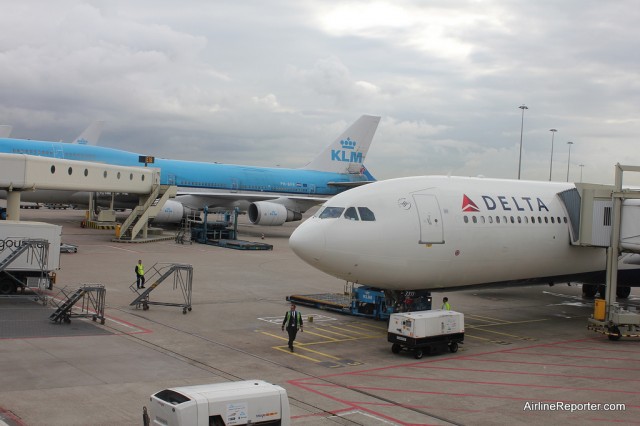
Delta Air Lines Airbus A330, with a KLM Boeing 747-400 in the background, in Amsterdam – Photo: David Parker Brown
At the start of last year, we looked at the results of the 2013 deliveries between Airbus and Boeing. With all the interest in that article, I couldn’t leave it alone for 2014, right? So let’s take a look at how the two big airliner companies did, in what is really the biggest aviation competition around?
2014 was a big year for both Boeing and Airbus. Last year we saw the first delivery of the A350XWB for Airbus, while Boeing also had delivery of the first 787-9 to Air New Zealand (followed closely by ANA).
On the narrowbody front, the A320NEO had its first flight (don’t those engines look like someone strapped giant engines onto the wing and went ’œit will work, trust me’) and the 737 MAX makes it one step closer to rolling out of the Renton factory. There were plenty of orders made to both airliners, but what we really want to know is, who produced and sold the most aircraft?





